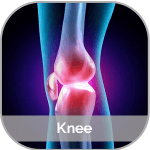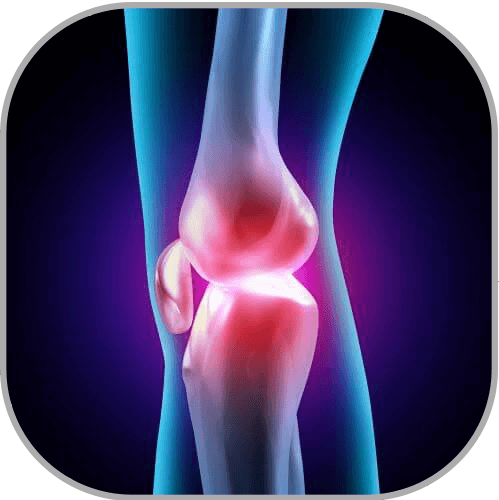
Once you have determined that a total knee replacement is the appropriate option, your physician may recommend a series of measures to complete prior to the operation, which may include weight loss, exercise, medication, injections, or bracing. He or she will also discuss with you the type of implant that will be utilized, as there are a wide variety available, including rotating platform and gender specific models.
Our innovative rapid recovery program features advanced techniques that often can speed healing and reduce discomfort during your recovery process. Your surgeon will provide details after your operation and adjust the methods to suit your needs. Following surgery, you will stay in the hospital between one and three days, depending on your unique experience and health requirements. Many patients will be discharged directly home, but others may be discharged to inpatient rehab. Your destination should be determined prior to the procedure so you can plan in advance for what to expect. We recommend researching several rehab facilities and having two or three alternates in case of conflicts due to space or insurance eligibility.
Your physician will inform you prior to the operation as well as after when you can shower, walk, and return to normal activities. In most cases, you should keep the wound dry for approximately five to seven days. Your surgeon may utilize waterproof dressings that can allow you to shower during this period. If not, you must keep the area free of water. The bandages typically will be removed about 7-10 days after surgery, though you should still avoid soaking the incision for approximately three to four weeks or as long as your doctor recommends.
You will develop increasing mobility during rehabilitation and practice sitting, standing, and walking during physical therapy, typically occurring twice daily. You will be assigned exercises to help strengthen the leg and increase mobility and flexibility, though you will likely need a cane for a few weeks or more, depending on your progress. You should not drive for the first month after surgery, unless you had surgery on your left leg and operate an automatic transmission vehicle, in which case you can begin driving when comfortable. You may return to work when comfortable and the physician suggests you are ready, though demanding duties must be postponed for three months or more, until fully healed.



 A minimally invasive surgical approach, arthroscopy is rarely utilized for an arthritic knee joint but may be appropriate for certain cases. During the operation, the surgeon will make a small incision and flush the knee with water to remove loose pieces of cartilage.
A minimally invasive surgical approach, arthroscopy is rarely utilized for an arthritic knee joint but may be appropriate for certain cases. During the operation, the surgeon will make a small incision and flush the knee with water to remove loose pieces of cartilage.




